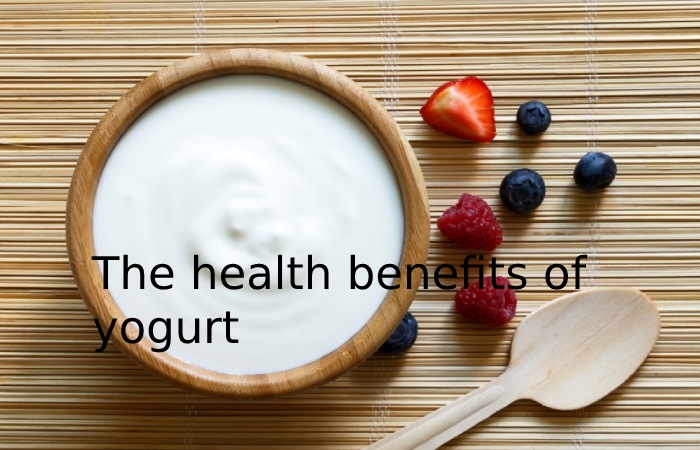Benefits of Yogurt Being a nutrient-dense food and incited dairy product, yogurt helps meet daily macronutrient and micronutrient intake recommendations and reduces potential health risks for vulnerable groups.

Table of Contents
The Nutritional Benefits of Yogurt
Yogurt is a predigested food that contains many nutrients such as carbohydrates, proteins, fats, minerals, and vitamins. (38)
Six Reasons to Eat Yogurt:
- Yogurt has a similar macronutrient composition to milk, generally with good bioavailability and affordability. (39)
- Yogurt has a low energy thickness (Figure 9).
- Yogurt is a sound basis of calcium and other minerals, such as magnesium, potassium, and zinc. It is also low in sodium. People who eat yogurt usually have a better calcium intake than those who don’t. (40-42)
- Yogurt contains vitamins B (B1, B2, B3, B6, B9, and B12), A, and E. (40)
- Yogurt is an outstanding source of high-quality protein, serum protein, and casein. And also which can reduce appetite and help grow muscles and bones. (43, 44)
- Yogurt has a higher concentration of conjugated linoleic acids than milk. (13) Several studies have indicated that conjugated linoleic acids have immunostimulatory and anticancer properties.
Yogurt, a Safe Bet for Health
In general, yogurt contains proteins that are very useful for humans and easier to digest than milk. Discover its nutritional properties and some advice for its consumption.
Yogurts and other fermented glasses of milk are almost as old as humans, having been born before agriculture when human communities were still nomadic and transported the milk in goatskin containers which favored its fermentation.
Within the growing group of fermented kinds of milk, yogurt is milk (whole or skimmed) fermented by the action of specific lactic acid bacteria, which causes a partial transformation of lactose into lactic acid, as well as an increase in its content
The nutritional composition of different yogurts can vary considerably depending on the milk used (whole or skimmed) and the components that add to the yogurt. For example, some yogurts also contain milk, cream, sugar, fruits, or cereals, which significantly increase their caloric value, ranging from 55 kcal in skimmed yogurt to 140 kcal in yogurt containing sugar and fruits or grains.
Rich in Nutrients
In general, yogurt contains proteins that are very useful for humans and easier to digest than milk. In addition. And also it is a good source of vitamins of groups B and A and an excellent source of minerals such as calcium, phosphorus, magnesium, and zinc.
One of the most significant yogurts and other fermented kinds of milk values is their probiotic value (which means “pro-life”) due to the bacteria they contain. Its benefits have experiential in many scientific works, such as:
Improvement of the symptoms of lactose intolerance because they help it to better digested in the intestine.
Prevention and treatment of diarrhea in children, especially that caused by rotavirus, and improvement of diarrhea in adults after taking antibiotics help restore the original intestinal flora.
Increase the number of beneficial bacteria in the gut that help flush out toxic and carcinogenic substances.
Increase the natural production of certain types of cells of the immune system.
Take note
Organic foods are not yogurts. These are not yogurts, but fermented milk since the legislation defines yogurt as that which comes exclusively from two particular bacteria found in ordinary yogurt.
Ideal as a dessert. Accompanied by whole or whipped fruit, it is a delicious and very healthy dessert for the entire family, but it is also beneficial for making homemade cakes or pastries.
Store it in the refrigerator. It is a product that must keep in the fridge until consumption. At the supermarket, we must ensure that the container is in perfect condition.it without deformations or shocks, on the label and the expiration date or better before the date.
Useful for cooking. Yogurt is a food of great versatility in the kitchen because we can use it to make sauces. And also that accompany certain vegetables, salads, or meats, replacing, for example, mayonnaise as a healthier and lower-calorie option.
